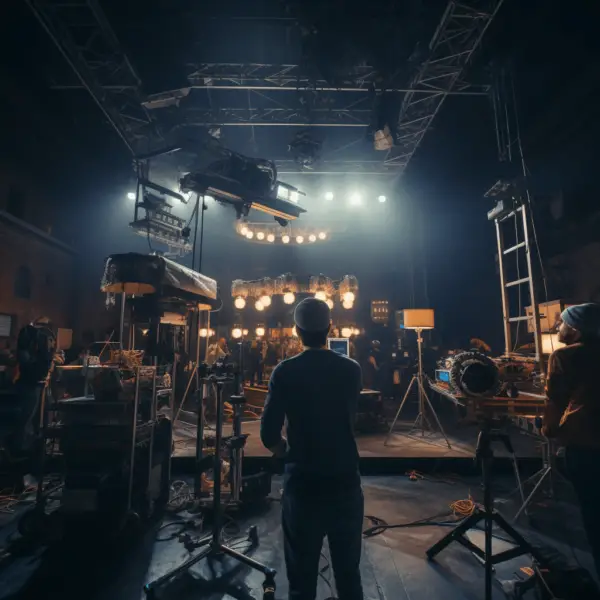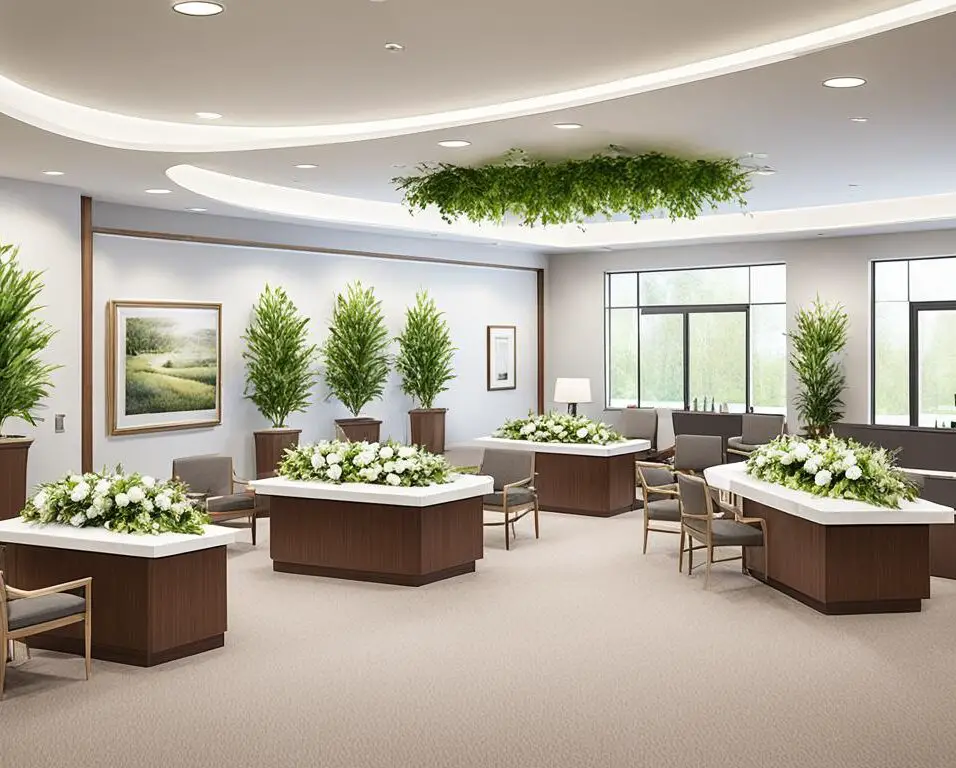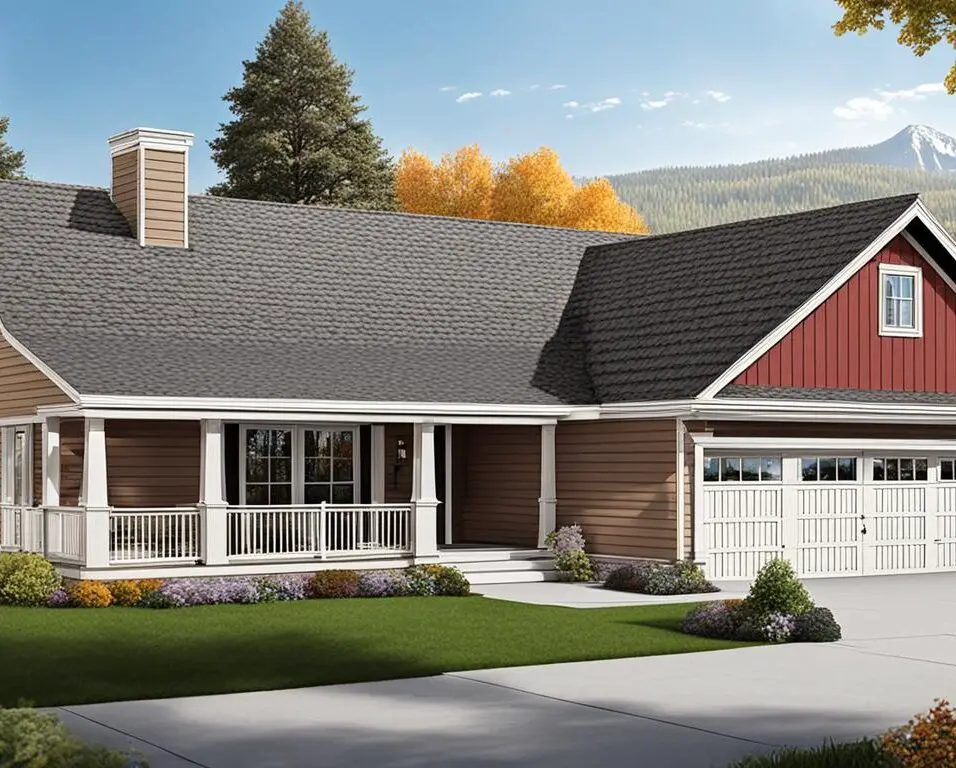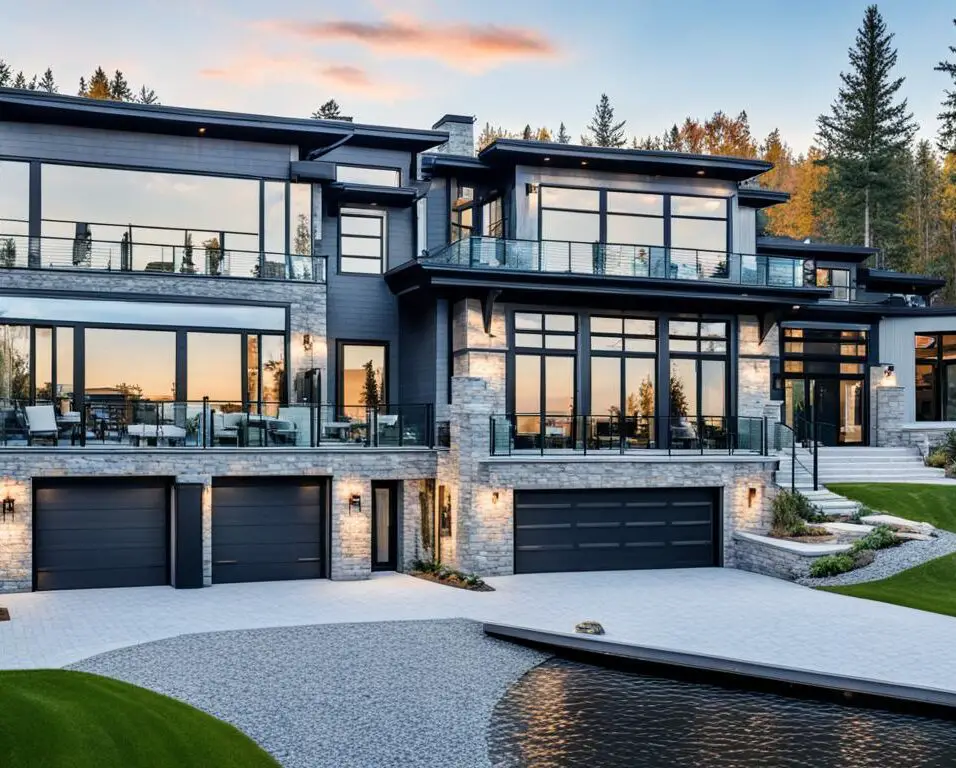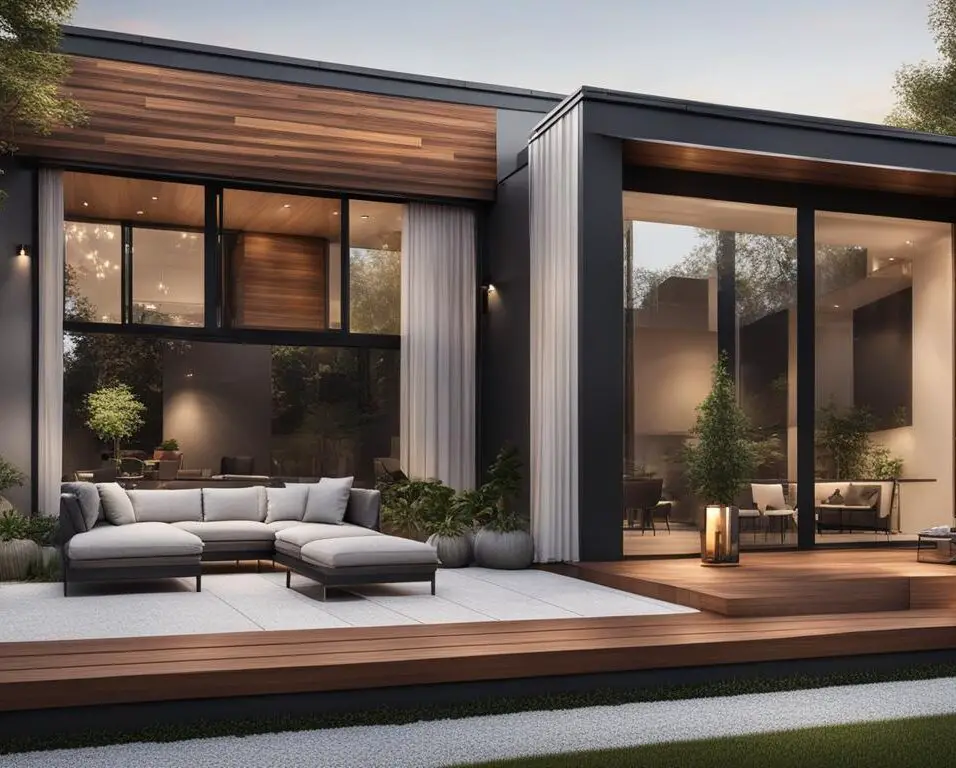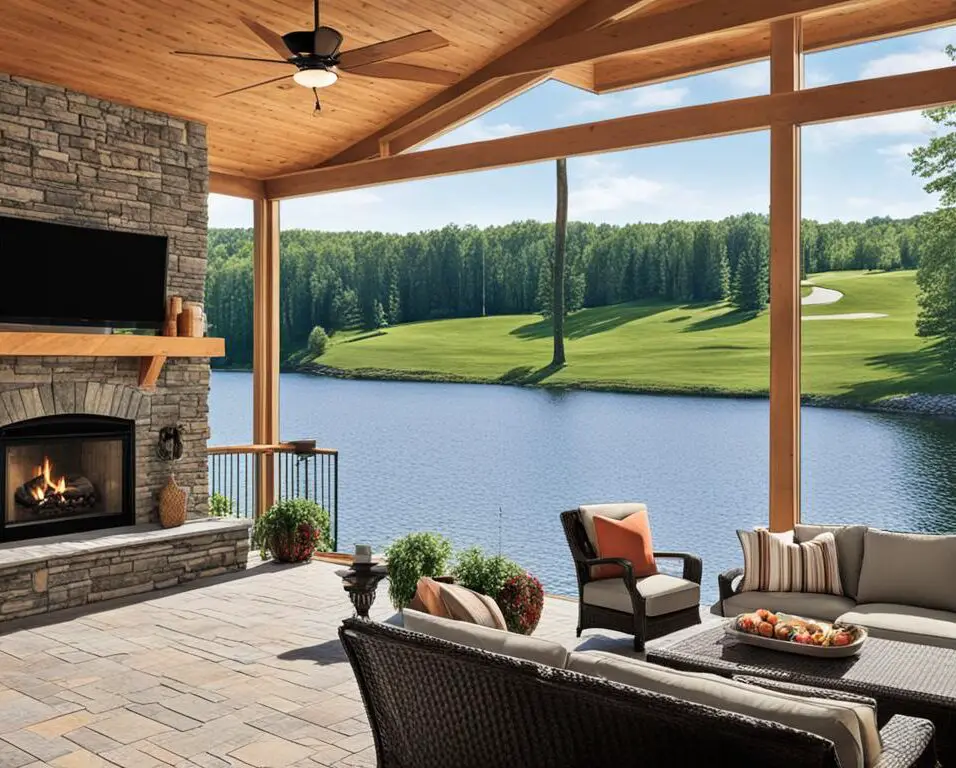Illuminate Your Career: Lighting Designer Salaries and Challenges
Introduction
How Much Does a Lighting Designer Make? Lighting designers create fascinating and immersive visual experiences in theatre, cinema, architecture, and events. These professionals know how to use light and shadow to set the mood of a room or production. If you’re considering a career in lighting design or just curious about the finances, you may be wondering, “How much does a lighting designer make?” This post will discuss lighting designer salary, the normal wage range, and career growth in this interesting sector.
Lighting designers’ pay depends on several things. First, experience matters since experienced experts with a large portfolio and a track record of achievement command greater wages. Stage and film lighting designers earn competitive compensation. Location can also affect compensation, since high-cost areas or high demand for lighting design services may pay more. Finally, larger, more sophisticated projects may pay more.
Lighting designers’ salaries depend on several reasons. Lighting designers in the US make an average of $40,000 to $80,000, with top earners earning over $100,000, according to recent data. Entry-level or inexperienced jobs may pay less, while established experts with a strong portfolio and notoriety may make more. Lighting designers can grow by taking on larger projects, working with high-profile clients, or starting their own companies as they gain expertise and reputation.
Is it hard to be a Lighting Designer?
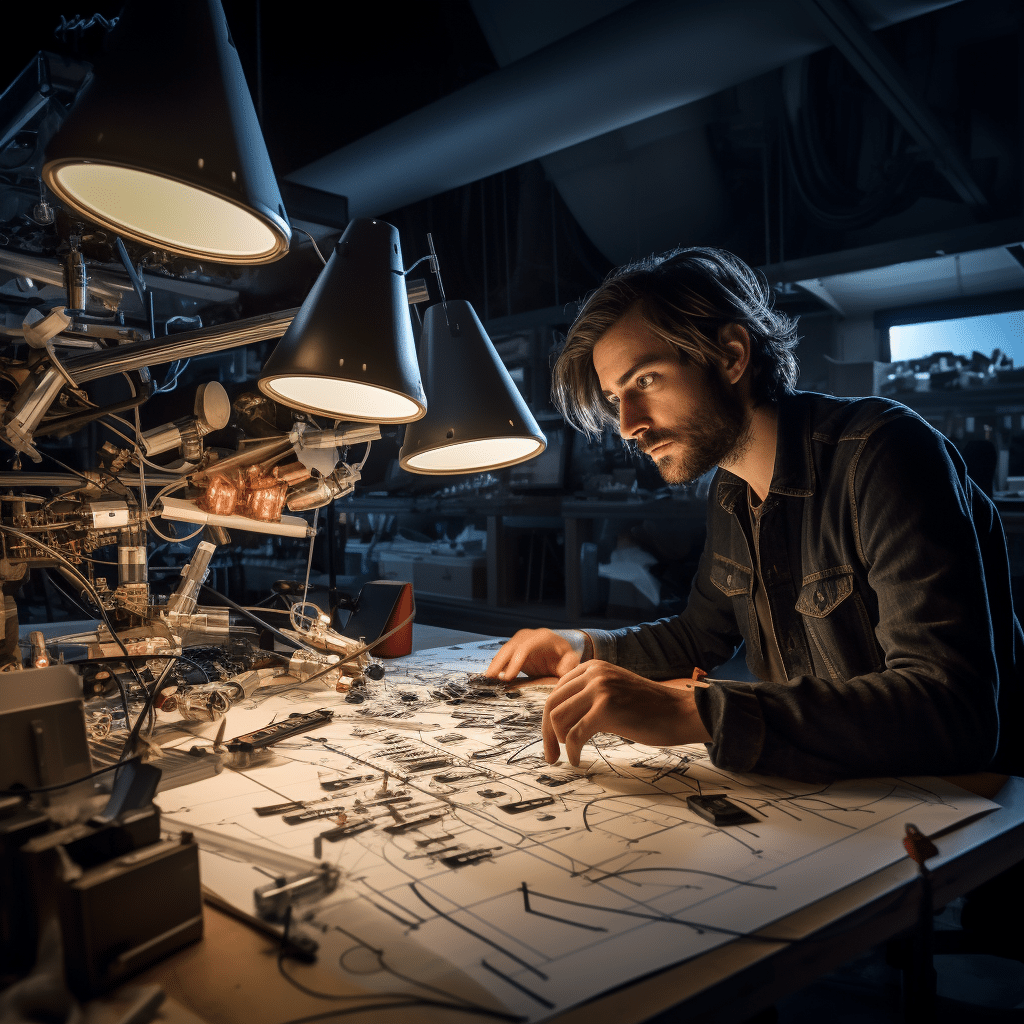
Be aware that lighting design isn’t glamorous before applying. The road to becoming a lighting designer is long, and the effort continues afterward. Be prepared to work nights and weekends. Working 18 hours is common.
Lighting designers need creativity, perseverance, and special talents. The job’s complexity comes in its multifarious character, which requires lighting knowledge, technical skill, and artistic vision. Lighting designers must be aesthetically aware and able to generate emotions through light and shadow. To guarantee their vision matches the artistic concept, they must work closely with directors, set designers, and other production team members.
Theatre, film, and live events are fast-paced, therefore lighting designers generally have tight deadlines and intense pressure. They must be able to change designs fast, fix technological challenges, and work long hours to succeed.
Lighting designers must also stay current on lighting technology to stay competitive and provide cutting-edge solutions to clients. This ongoing learning guarantees they can use modern tools and strategies to improve their ideas.
Are lighting designers in demand?
Architectural lighting firms, large architecture and engineering firms that are starting their own lighting design departments, and luminaire manufacturers are all hiring lighting designers right now.
After my September 2021 update, lighting designers were in demand, and this trend is likely to continue. Lighting designers are in demand because they improve the aesthetics and atmosphere of locations and productions. Theatre, film, architecture, events, and interior design hire lighting designers to create fascinating and immersive experiences that leave a lasting impression.
Moreover, the growing emphasis on sustainability and energy conservation has placed a spotlight on environmentally-friendly lighting solutions. Lighting designers who can balance aesthetics with energy efficiency are becoming even more valuable in the modern world.
Is lighting design a good career?
This field has been quite beneficial for me. That said, while experienced designers may find the work easy, the hours can be long (and unusual, often working nights for weeks), the deadlines can be unreasonable, and the budgets might be onerous.
Creative, tech-savvy, and visual storytellers can find great satisfaction in lighting design. Lighting designers are increasingly needed in entertainment, architecture, events, and retail to create fascinating and immersive visual experiences. Their skill in controlling light and shadow to enhance mood, ambiance, and aesthetics is essential for producing memorable and compelling user experiences.
The possibility of ongoing innovation and progress makes lighting design enticing. New lighting methods and tools allow designers to try innovative solutions. Lighting designers also work with architects, interior designers, filmmakers, and event organizers, allowing for cross-disciplinary learning and networking.
Lighting design can be lucrative, especially for experienced pros, but it takes hard effort and a strong portfolio. Immense satisfaction comes from seeing one’s creations on stage, cinema, or in architectural masterpieces.
What is interesting about a lighting designer?
Most important in lighting design is producing an emotional and functional impact on the space or production. While technical competence and aesthetics are crucial, lighting design’s major goal is to reflect the project’s vision and purpose. Lighting can impact how people experience a theater, film, architectural space, or event.
A skilled lighting designer knows how light affects mood, emotions, and focus. They consider color temperature, intensity, direction, and shadow play to please audiences. Lighting may heighten drama, set time and place, and highlight play events. A utilitarian architectural area can be made more inviting and comfortable with lighting.
Most significantly, lighting design must balance creativity and function. Although pushing limits and studying unique techniques is crucial, lighting design must also meet budget, technology, and client requirements. Beautiful and effective lighting design enhances the audience’s experience.
What is a interior lighting designer?
Unique and functional indoor lighting solutions are designed by specialists. Their mission is to develop and install lighting solutions that enhance the look, feel, and function of homes, hotels, restaurants, businesses, and retail stores. These experts combine artistic vision, technical expertise, and a deep understanding of how lighting influences space design and mood.
Interior lighting designers collaborate with architects, interior designers, and clients to create lighting schemes that match the interior design. They carefully evaluate space arrangement, section purpose, color design, and natural light. By using accent, task, and ambient lighting, they can provide visual appeal, highlight architectural aspects, and illuminate certain tasks.
Interior lighting designers also know about LED fixtures, smart lighting systems, and energy-efficient solutions. They follow industry trends to create sustainable, attractive, and cost-effective designs. Interior lighting designers use their skills and imagination to create engaging, pleasant, and practical places that impress guests and residents.
What is the role of senior lighting designer?
Provide lighting design solutions that meet customer needs, budget, and requirements. Client and design team meetings may require national or worldwide travel. Check project lighting cost estimates and change design to fit owner’s budget.
Lighting designer salaries, Senior lighting designers are crucial to the field. Their main job as an experienced and trained expert is to lead and oversee the lighting design process to meet and exceed project goals. Senior lighting designers work with clients, architects, engineers, and other stakeholders to understand their needs and provide unique, practical lighting solutions.
Senior lighting designers must create effective, attractive, and energy-efficient lighting schemes. They evaluate the space’s layout, natural light, and lighting fixtures and systems. Senior lighting designers also know the latest lighting technologies and can use them to improve a venue or production.
Senior lighting designers mentor a team of lighting designers and technicians throughout the project’s lifecycle in addition to designing lighting schemes. Their guidance and skills guarantee the team works together to deliver high-quality work on time and within budget. Senior lighting designers may also present to customers and stakeholders to defend their design ideas.
What is the most important part of lighting design?
Lighting designer salaries, Without sufficient lighting, the space of a room will feel small and cramped. By effectively distributing light within an area, a brighter and more impressive space will be shaped. This is mostly due to the elimination of shadows and dark/harsh lighting.
The most crucial component of lighting design is creating an emotional and functional influence on the area or production. While technical skill and aesthetics are important, lighting design’s main goal is to create an ambiance that matches the project’s vision and purpose. Lighting can affect how people perceive and engage with a theater performance, film, architectural environment, or event.
A good lighting designer knows how light can create emotions, set moods, and direct attention. They evaluate color temperature, intensity, direction, and shadow play to create an audience-pleasing experience. Lighting may enhance drama, set time and place, and highlight key events in a play. Lighting may make a utilitarian space in an architectural context more welcoming and comfortable.
Most importantly, lighting design requires a precise balance between creativity and functionality. While pushing limits and researching creative techniques is important, the lighting design must also fit the budget, technology, and client goals. A good lighting design is beautiful and effective, making a lasting impression on the audience and improving their experience.
What is the role of lighting designers in architecture?

A lighting designer creates an illumination plan to realize the architect’s concept. A designer must first understand how the customer will use and style the area.
Lighting designers are vital to the aesthetics, functionality, and mood of a building.Lighting designer salaries, They use their light manipulation skills to enhance architecture, establish focal points, and generate emotions. A lighting designer in architecture ensures that the lighting matches the building’s design and purpose, whether it’s a commercial, residential, museum, or public facility.
During design, lighting designers work with architects, interior designers, and other stakeholders to understand the project’s goals and vision. Lighting designer salaries, They then create a lighting strategy using natural and artificial light to produce the desired effects. The area can be given depth and dimension by carefully using uplighting, downlighting, and accent lighting to highlight architectural details, textures, and materials.
Lighting designers also consider system functionality and utility. They attempt to build well-lit, energy-efficient, and sustainable places that suit tenant needs. To guarantee the lighting appears good and works well, aesthetics and utility must be balanced.
Conclusion
Lighting designers’ salaries depend on experience, industry, location, and project complexity. An average of $40,000 to $80,000, however this can vary greatly. Lighting designers should remember that a successful career requires practical experience, a varied portfolio, and industry networking to acquire higher-paying jobs.
While lighting designers can make good money, their passion for the craft and the ability to realize visions through light and shadow drives them. Lighting designer salaries, perseverance, and imagination can help ambitious lighting designers succeed in the fascinating field.



